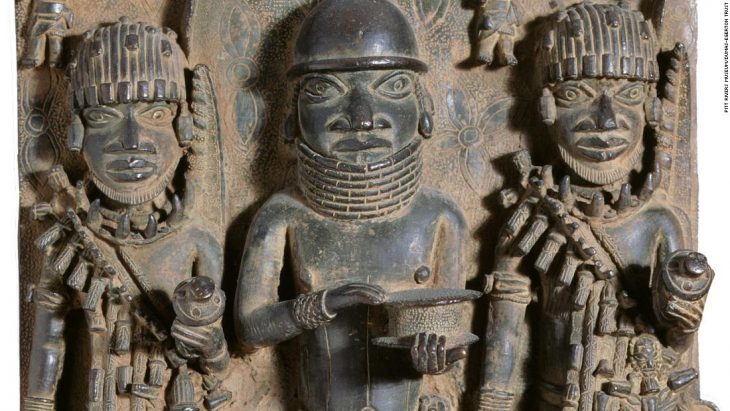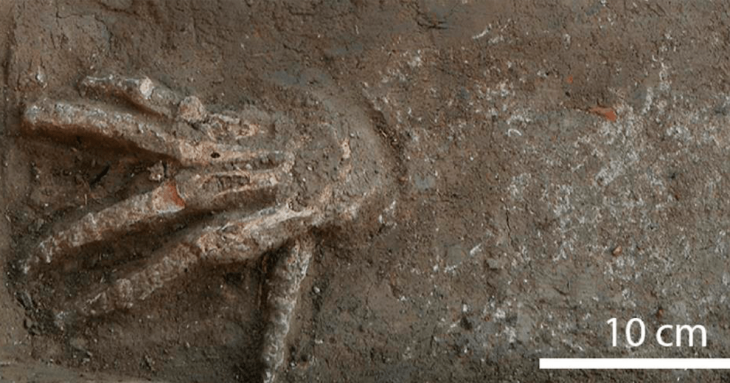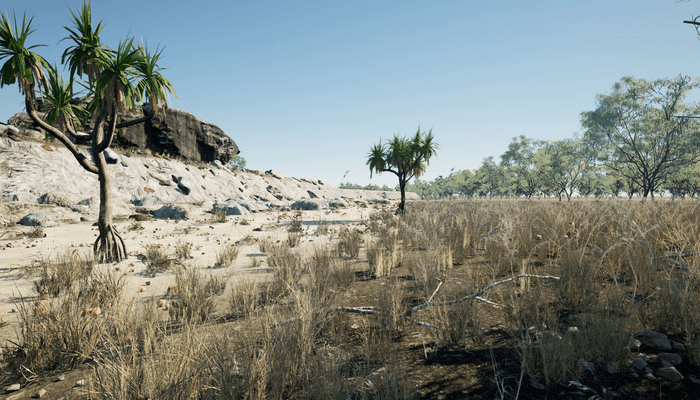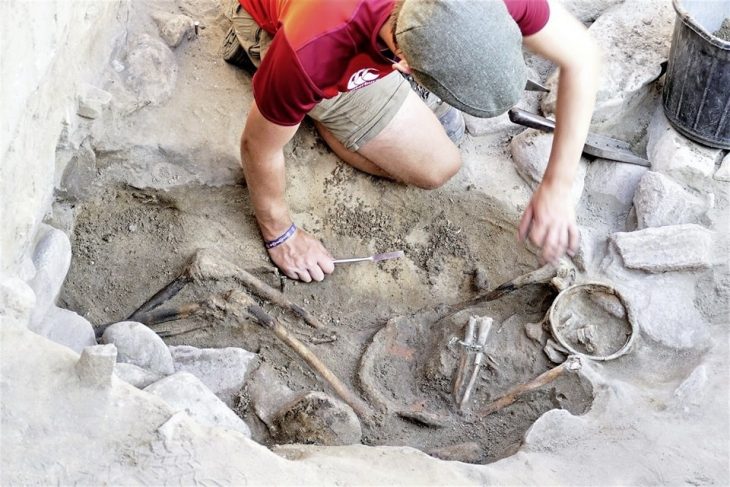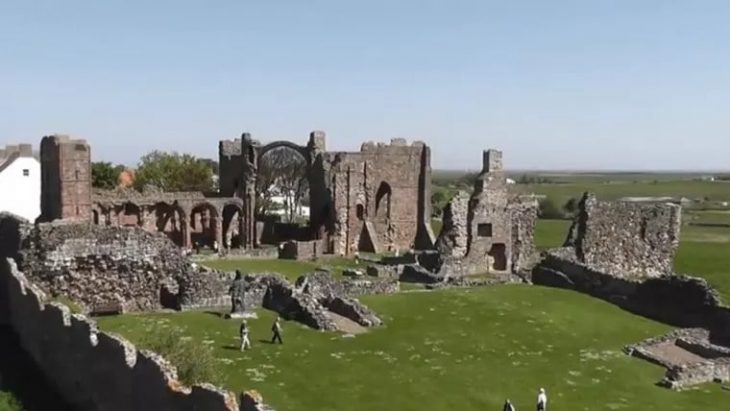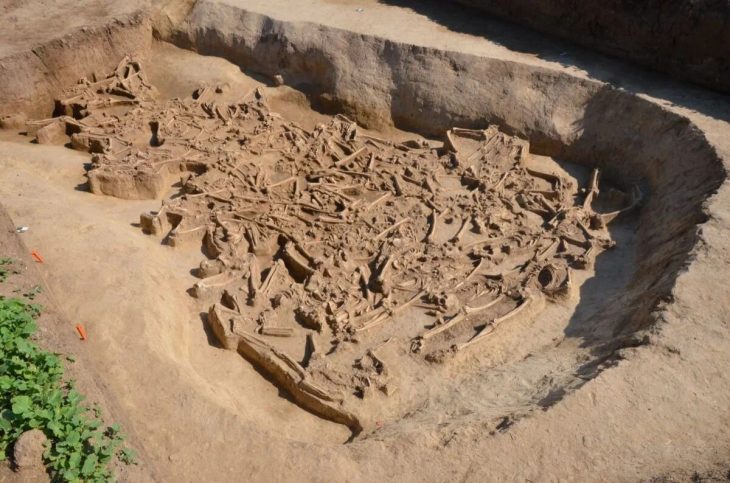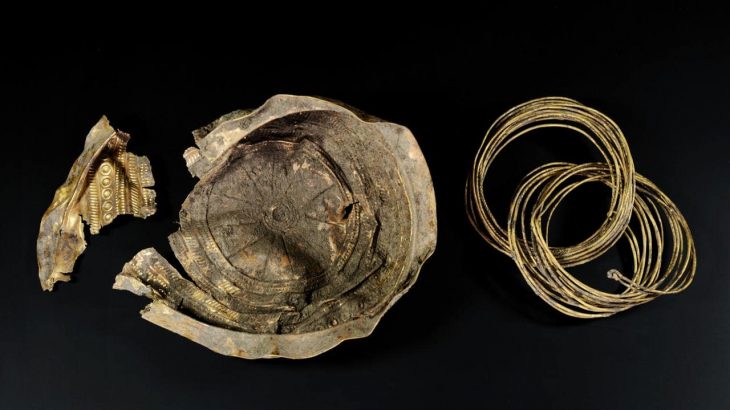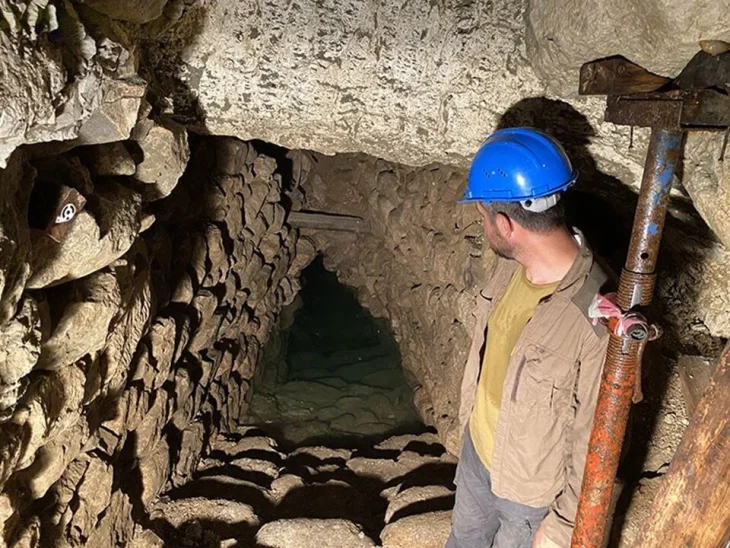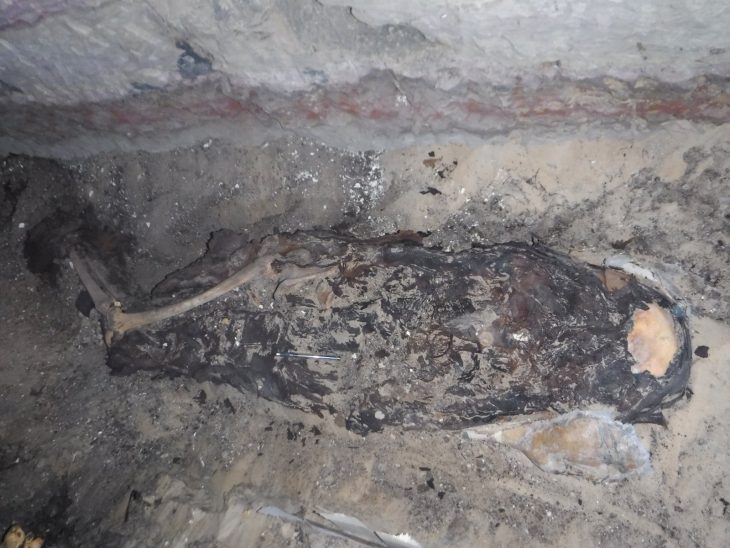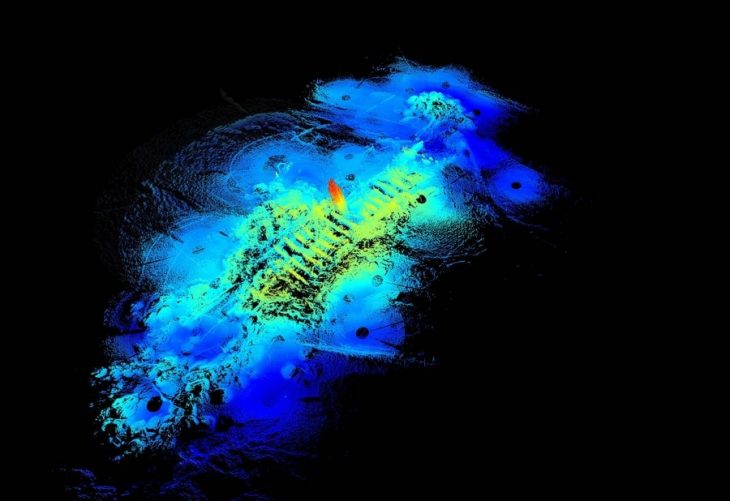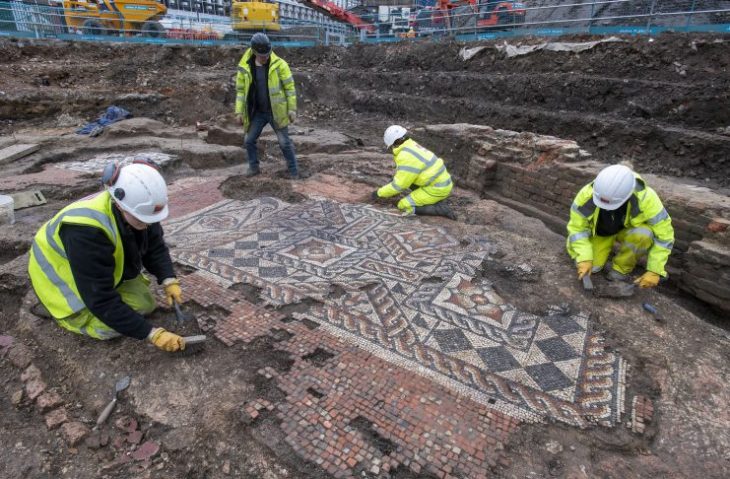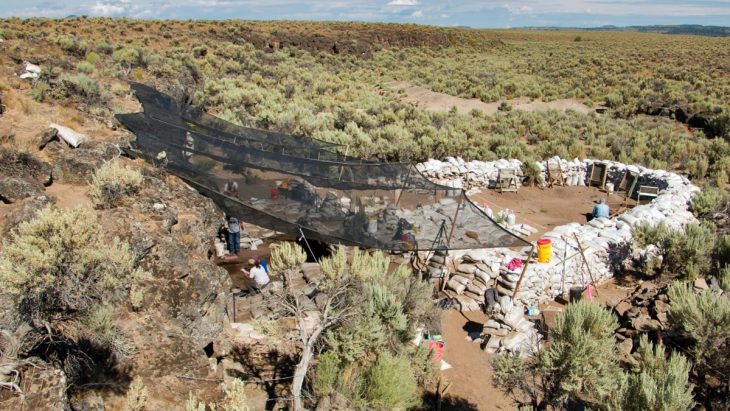2021 excavations have started at Aççana Höyük, the old city of Alalah, in Hatay’s Reyhanlı district. The ancient city of Alalah was the capital of the Kingdom of Mukish, which was located in the Amik Plain in the past.
In Aççana mound, where excavations began in the 1930s by the British archaeologist Leonard Woolley, the 2021 season excavations are continuing under the chairmanship of Associate Professor Murat Akar, Head of the Department of Protohistory and Pre-Asian Archeology from the Hatay Mustafa Kemal University (MKU).
Head of Aççana mound, Associate Professor Murat Akar, told Anadolu Agency (AA) that Alalah is one of the most important archaeological settlements in the Amik Plain, where traces of the Bronze Age can be unearthed.
Akar gave information about the mound, whose history dates back 4,000 years, and said:
“The Late Bronze Age is a period of the emergence of great empires. We are in a period when the Hittite Empire in Anatolia, the Egyptian Empire in the south, and the Mitanni Empire on the Euphrates and Tigris axis existed. The most important point where the traces of the wars, diplomatic agreements, and commercial relations of these great empires with each other can be followed in this period is the Amik Plain. In other words, the Hittite Empire wants to be an effective power in the Amik Plain, as do the Egyptian and Mitanni empires. One of the biggest reasons for this is the agricultural richness of the Amik Plain, which is one of the most important features also the present day. This is a geography that we can define as a food store for great empires.”
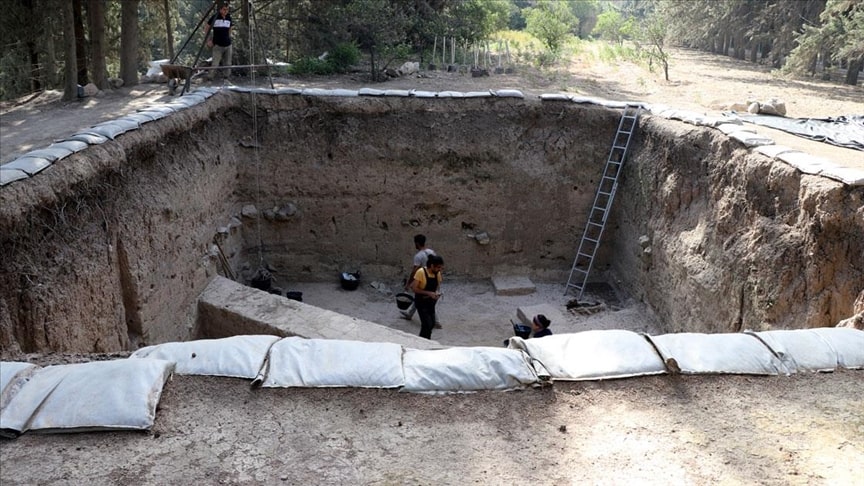
“Another reason is its geopolitical importance, that is, it is located on all trade routes and interacts with all Eastern Mediterranean cultures with its connection to the sea. For this reason, in the studies we conducted here, we see the traces of the domination of the Mitanni Empire in certain layers of the city, and in the following periods, we see that the city came under the control of the Hittites.”
Akar stated that in the ancient DNA researches they have carried out in recent years, they have obtained very important data on human mobility due to migration and trade that took shape in the international age.
Analyzes of human skeletons revealed that the individuals were representative of the local population.
Stating that they have examined many human skeletons so far, Akar continued his words as follows:
“The Amik Plain is the center of international activity of the Bronze Age, but according to our analysis of the majority of the human skeletons found in the tombs we uncovered here, these individuals represent the local population. In fact, this shows us the role and importance of the local people of the region in the international arena of the period, which is extremely exciting for us. Because while we were doing this study, we wanted to ask the following about this period when the international activity of the Late Bronze Age was experienced; (If all the individuals we uncovered during the excavations at Aççana Mound if all individuals describe the local community, where are the foreigners, for example, the Hittites who came to this region?) This is part of our work.”
Stating that the excavations in the region have been going on for 21 years and that they are trying to understand the temple and the urban texture shaped around the temple with the excavations, Akar said, “Because we are in an excavation area where we can obtain rich data from service buildings to workshops and working places needed to keep the temple alive. In this area where we have been working since 2012, we are trying to understand the development of the city in different cultural layers and its relationship with the temples.” used the phrases.


